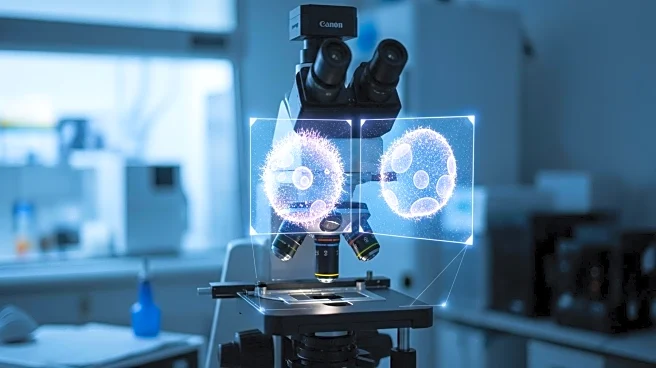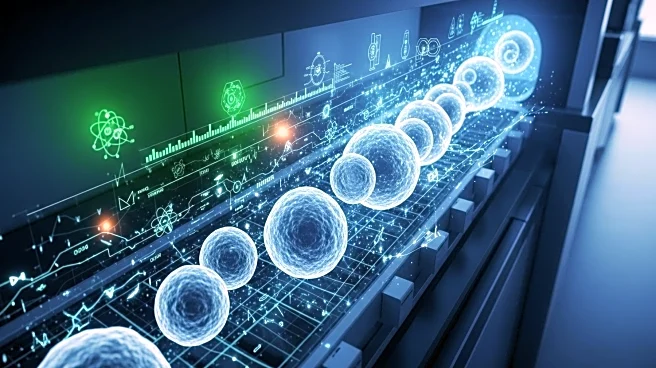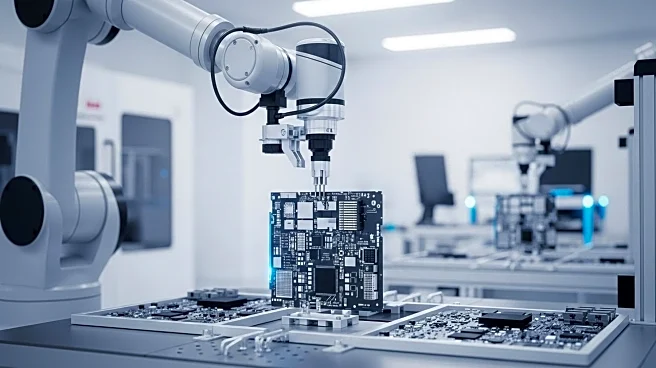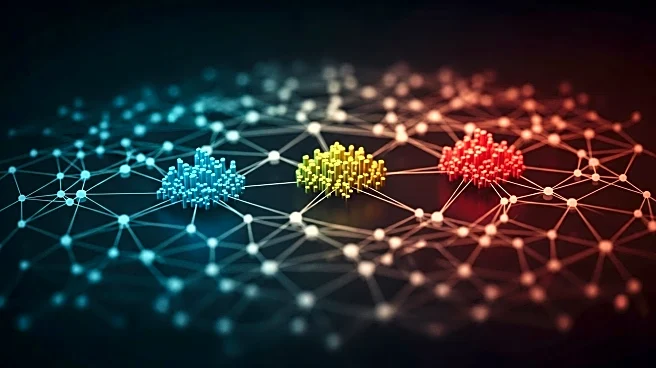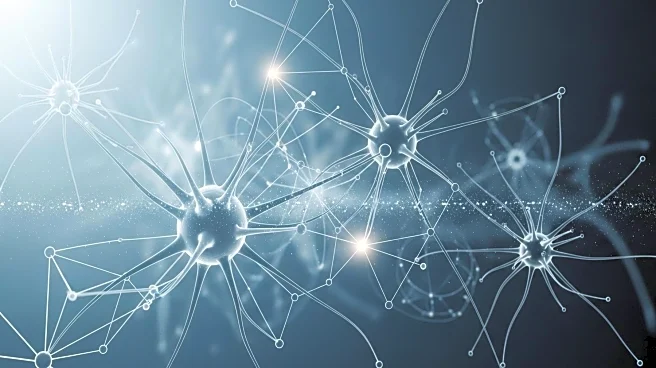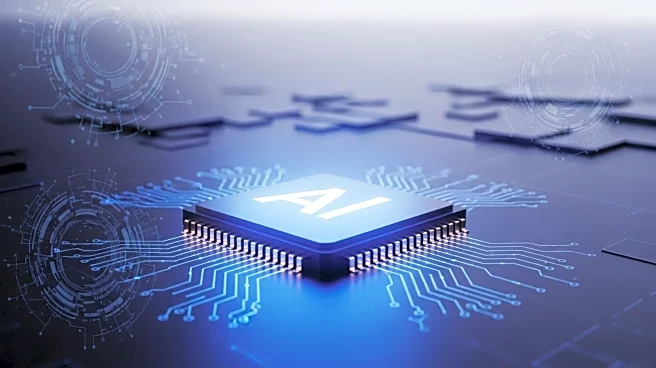What is the story about?
What's Happening?
A recent study published in Light: Science & Applications has introduced an advanced technique called holo-tomographic flow cytometry (HTFC) for label-free phenotyping of acute myeloid leukemia (AML) blasts. This method allows researchers to link genetic mutations to observable cellular phenotypes without the need for labeling. The study, led by Pirone and colleagues, utilizes a concave segmentation algorithm to analyze 3D refractive index tomograms, identifying cup-like nuclear morphologies associated with NPM1 mutations. This approach offers a non-invasive way to detect statistically significant shifts in 3D cell morphology, providing a morphological fingerprint of a genotype. The integration of virtual reality environments further enhances the interpretability of the data, allowing immersive exploration of reconstructed tomograms.
Why It's Important?
The development of label-free holographic cytometry is significant as it provides a new avenue for understanding how genetic mutations influence cellular morphology, which is crucial for advancing diagnostics and treatments for conditions like AML. Traditional methods rely on fluorescence microscopy, which requires exogenous dyes and extended protocols. HTFC offers a complementary approach that captures intrinsic structural properties of live cells without staining. This advancement could lead to more accurate and efficient diagnostic processes, potentially improving patient outcomes. The ability to analyze cellular architecture at a population level also opens up possibilities for broader clinical applications, enhancing the precision of single-cell classification and supporting educational or clinical uses.
What's Next?
Future developments may focus on enhancing the precision of HTFC for single-cell classification, particularly for diagnostically ambiguous samples. Researchers may also explore integrating HTFC with complementary methods like correlative fluorescence imaging to reinforce its utility. The study suggests potential applications in organelle-level subcellular segmentation, possibly enabled by artificial intelligence and machine learning approaches. Standardized 'rolling-phantoms' could help consolidate resolution claims and promote adoption across laboratories, broadening HTFC's role in quantitative phase cytometry.
Beyond the Headlines
The introduction of label-free holographic cytometry could have long-term implications for the field of hematopathology, offering a new method for morphological analysis that does not rely on traditional staining techniques. This could lead to shifts in how cellular phenotyping is conducted, potentially influencing research methodologies and clinical practices. The use of virtual reality for data exploration also highlights a growing trend towards immersive technologies in scientific research, which may enhance educational and training opportunities in the medical field.
AI Generated Content
Do you find this article useful?
